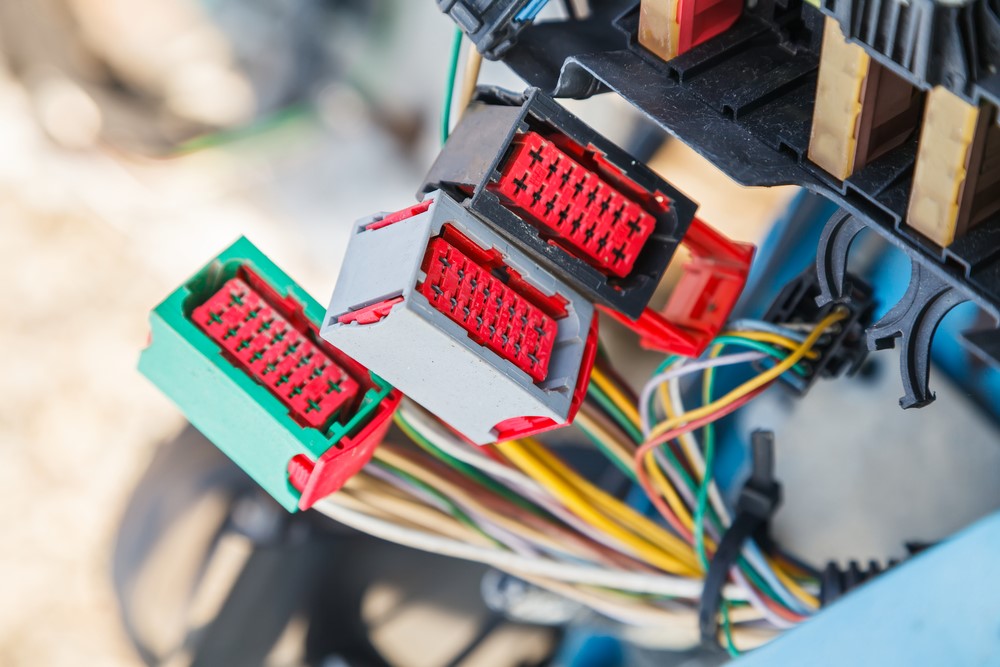Tech: How to Troubleshoot Electrical Issues
Tips for Diagnosing Power Issues in your Car
This article may contain affiliate links.
With how advanced and complex modern cars are, the causes of electrical problems are more varied than ever. Although these problems can root in various reasons, such as a loose electrical connection, a blown fuse, or even parts that excessively drain your battery, getting your vehicle up and going again need not be overly complicated or painful.
Here is a simple guide on how you can troubleshoot the most common electrical auto problems.

Observe your Car’s Behavior
When it comes to electrical issues in cars, most people will point to the battery as the main culprit. While the power source is indeed one of the most common sources of the problem, a car’s electrical system is much more omnipresent and all-encompassing than batteries alone.
Just like any troubleshooting, implementing the proper fix starts with looking for manifestations of the root problem. For instance, check if the lights are dimmer than usual, if there are unusual clicking noises or a burnt plastic smell, if your starter motor is turning, or if the engine does not start at all.
Although you can have an approximate gauge of the issue yourself, it does not necessarily mean you can take the DIY route. For instance, if you own a muscle car, high-performance or a European luxury vehicle, it is always better to call a European car center since they are most-qualified to fix those cars’ intricate electrical problems.
Just like any maintenance, having experts look at the issue helps provide direct and long-term solutions, helping you save money and time in the long run.
Check your Battery’s Life
Your battery is one of the main components of your vehicle’s electrical system. This is why a dead or dying battery most often causes a variety of problems, including dimmed headlights, difficulty starting the engine or an overall weak electrical system.
Whether you are troubleshooting hybrid cars or traditional gas-powered vehicles, it is always helpful to have a multimeter in your toolbox. A multimeter is designed to measure a component’s electric current or voltage, making it a must-have in troubleshooting your car’s electric problems.

Connect the multimeter’s leads to your battery’s terminals, and it will gauge your battery’s health. A fully charged battery will read somewhere around the voltage indicated on your battery’s label. If the multimeter’s reading is lower than this, your battery is due to be recharged or replaced.
Test your Alternator’s Reading
If the battery’s reading falls in the normal range, yet you still experience the symptoms listed above, it might be your alternator that needs checking. Although the battery is your car’s power source, it is the alternator that distributes its electricity to the car and recharges the battery.
Just like batteries, you also use a multimeter to check your alternator’s health. With the engine turned off, the multimeter should read 12 to 13 volts. If the results are lower than 12 volts, recharge your battery first, then proceed to use the multimeter while your engine is running. Then, if the multimeter’s result falls somewhere between 14 to 15 volts, your alternator is working normally.
Assess your Starter, Wiring and Fuses
Whether you are using your car’s original parts or you have added modifications to your vehicle, the starter is a component that will most likely stick with you throughout your car’s life.
Basically, the starter is responsible for engaging your engine’s flywheel to make it start. If your car won’t start despite the battery and alternator working fine, or if your engine is slow to start, the starter might be the root cause.

Using a multimeter, test the starter’s voltage. If the multimeter reads 12 volts and becomes lower when you start the engine, it means the starter is working fine. However, if there is no voltage, you might need to check the starter relay and wiring. If there is voltage but the starter is not engaging, it may be time to replace your starter.
Aside from the starter, you can also check the fuses, and the wiring if any of these are causing your electric problems. Fuses protect the electrical system from overload and short circuits, while the wires transport the power to different parts of your vehicle.
In a Nutshell
Although auto electrical problems can be intimidating with their complexity, repairing these issues can be simpler than one might think. Simply keep these pointers in mind to get a general grasp of how to properly diagnose and repair auto electrical problems.
First, remember that circuits will not work without a power source. From this power source, a minimum voltage must be generated in order for its circuits to function correctly. Lastly, power can only flow when all circuits have continuity.
With these in mind, you can narrow down the causes of your car’s electrical problems to low or no voltage, excessive resistance or a loss of circuit continuity.

4 thoughts on “Tech: How to Troubleshoot Electrical Issues”